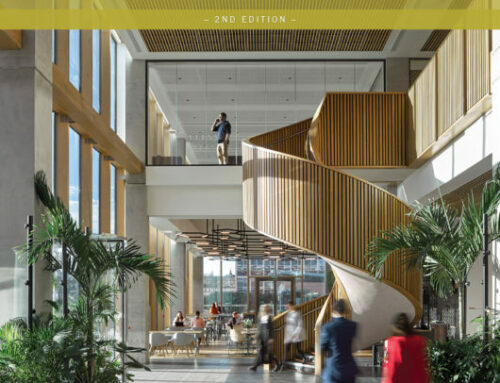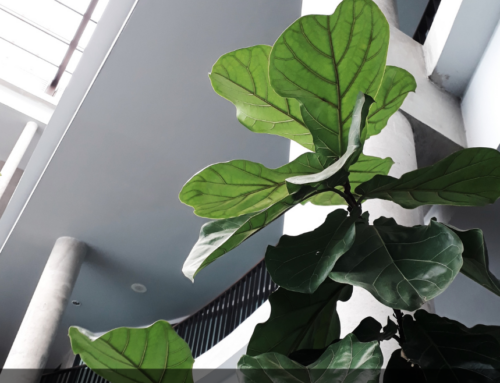Biophilia & Healing Environments

Our biology should dictate the design of the physical settings we inhabit. As human beings, we need to connect with living structures in our environment. Designers thus face the task of better incorporating healing strategies into their work, using factors that contribute to the biophilic effect. 17th, 18th, 19th, and some 20th century architecture show the healing traits of biophilia. After that, architects ignored complex human responses to the built environment in their enthusiasm for the supposed mechanical efficiencies of the industrial approach to placemaking. Design that uses biophilia considers the inclusive, “bottom-up” processes needed to sustain our health. When ornament is coherent with the rest of a structure, it helps connect people to their environment, and creates a positive, healing atmosphere. Biophilia shows how our evolutionary heritage makes us experience buildings viscerally, and not as intellectualized abstractions. This thinking juxtaposes the focus on innovative form for its own sake withbiophilic design.





